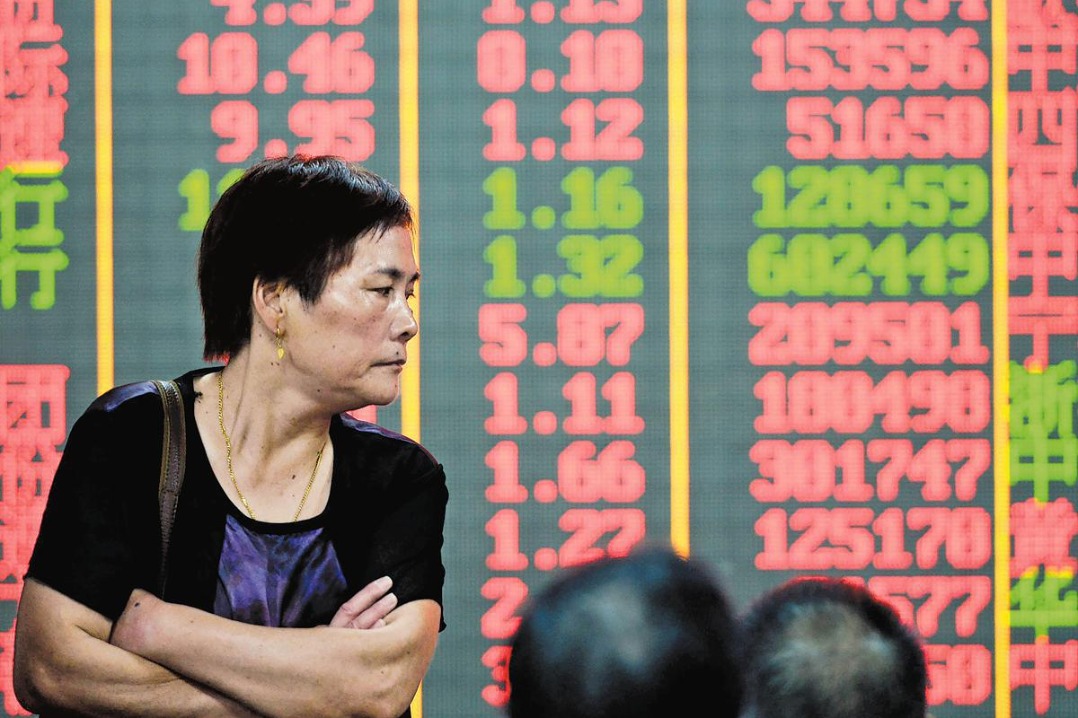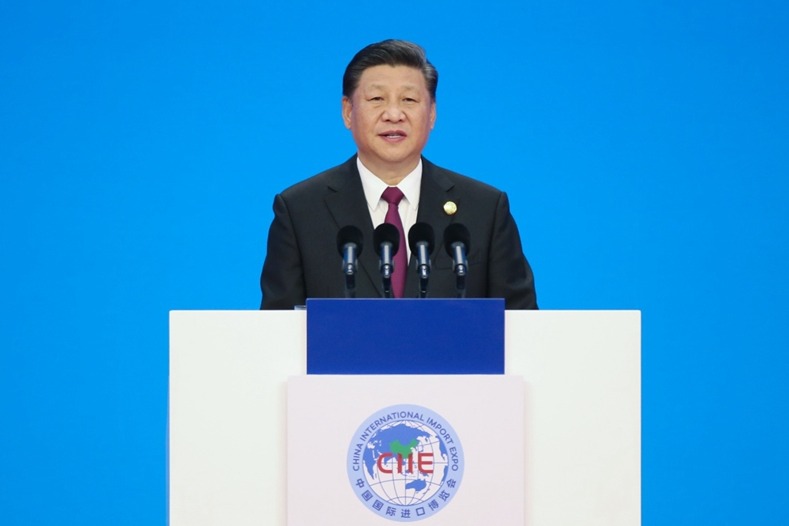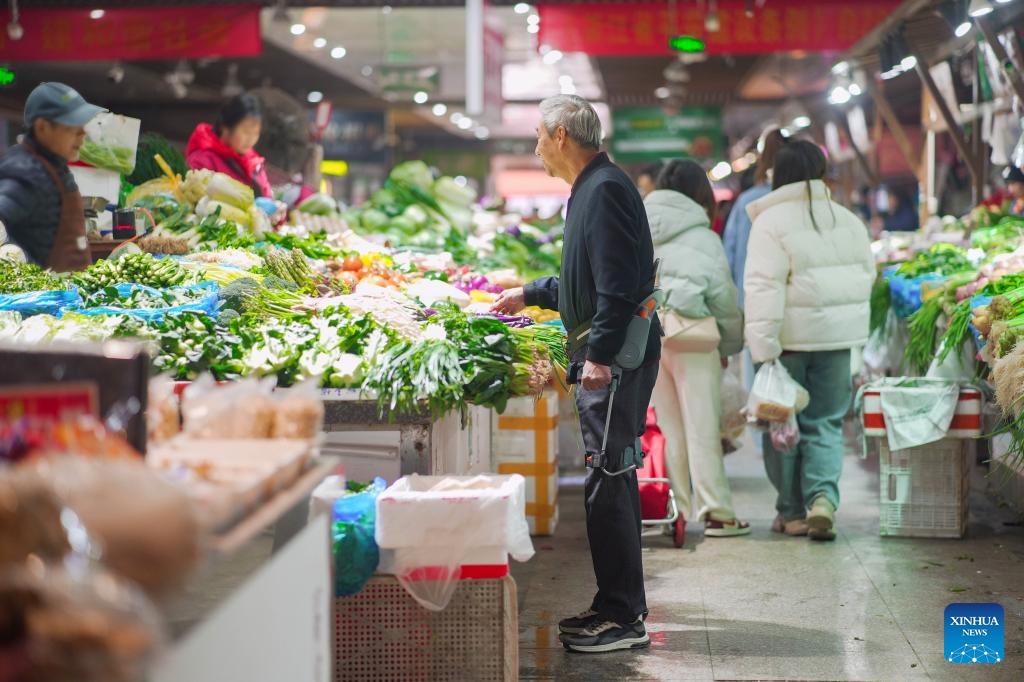Forum spotlights Suzhou garden protection, promotion
By Yang Xiaoyu | chinadaily.com.cn | Updated: 2023-04-18 15:31

Masters’ gardens for everyone, everywhere
Suzhou gardens have played an important role in promoting Chinese culture and art to an international audience since ancient times, according to forum speakers.
Cultural exchanges between China and Japan and Korea started as early as in the Han Dynasty (206 BC – AD 220) and gardens in the two Chinese neighbors have all been heavily influenced by classical Chinese gardens, and together they have formed the system of Oriental gardens, said Yang, the museum director.
While in the West, the Chinese philosophy and design of gardens was first reported on by Marco Polo in the 13th century who hailed Suzhou as the Venice of the East.
From the early 17th century onwards, Catholic missionaries helped to spread the word about the clever and impactful landscaping style, igniting a rage for Chinoiserie, a use of Chinese motifs and designs in western art, furniture and architecture, which would peak in the 1700s, according to Jia.
In 1981, the Metropolitan Museum of Art in New York City created the Astor Court, also known as the Ming Hall, to display a collection of Ming Dynasty (1368-1644) domestic furniture it had purchased. The court, based on a small courtyard within Wangshiyuan, Master-of-Nets Garden in Suzhou, was built by expert craftsmen from China.

The Astor Court represents the first permanent cultural exchange between China and the US and Suzhou’s first exported classical garden project. Suzhou has since exported more than 50 gardens to some 30 countries and regions, including France, Switzerland, Germany and Malta, according to the Suzhou bureau.
Zhu from Suzhou World Cultural Heritage Classical Gardens Protection and Supervision Center introduced that many Suzhou gardens and classical Chinese gardens in America, Canada and Australia, have become sister gardens.
For example, Humble Administrator’s Garden has become sister gardens with the Huntington Chinese Garden in Los Angeles, Garden of Ease in Vancouver and Garden of Friendship in Sydney.
“Forming a sister garden partnership helps promote cultural exchanges between China and other countries,” Zhu said, adding that the city is planning to build more classical Chinese gardens abroad and they will serve as great spaces for showcasing various forms of Chinese culture and art.
“Those overseas Suzhou gardens are still physical exports. Most foreigners and even Chinese people may not understand the lifestyle philosophy that classical gardens advocate and the poems, paintings and music behind the gardens,” Jia noted.
The professor suggested more content such as films and games be developed to help better promote the culture and art about Suzhou gardens to a global audience.

Zhou Wuzhong, director of Innovative Design Center of Shanghai Jiao Tong University, remarked that Suzhou gardens epitomize Chinese aesthetics and announced at the forum that he would head a research institute established by the Suzhou government, which specializes in studying Oriental garden aesthetics.
The institute will be an open platform committed to unleashing the greater social value of Suzhou gardens, making them contribute more to enhancing urban life quality and boosting socio-economic development, according to Zhu.
Zhou suggested that a creative design contest themed on Suzhou gardens be held to pool great design ideas to promote the essential elements of Suzhou gardens around the world.
- Award-winning photos capture Suzhou gardens
- Adventures on Qingming Festival 2023: Lyrical Life in Spring Days
- Nighttime shows illuminate Suzhou garden
- Next generation sets the stage for art genre's future
- Entertainment with ancient roots tunes into a modern following
- Huge influence blooms in miniature gardens
























